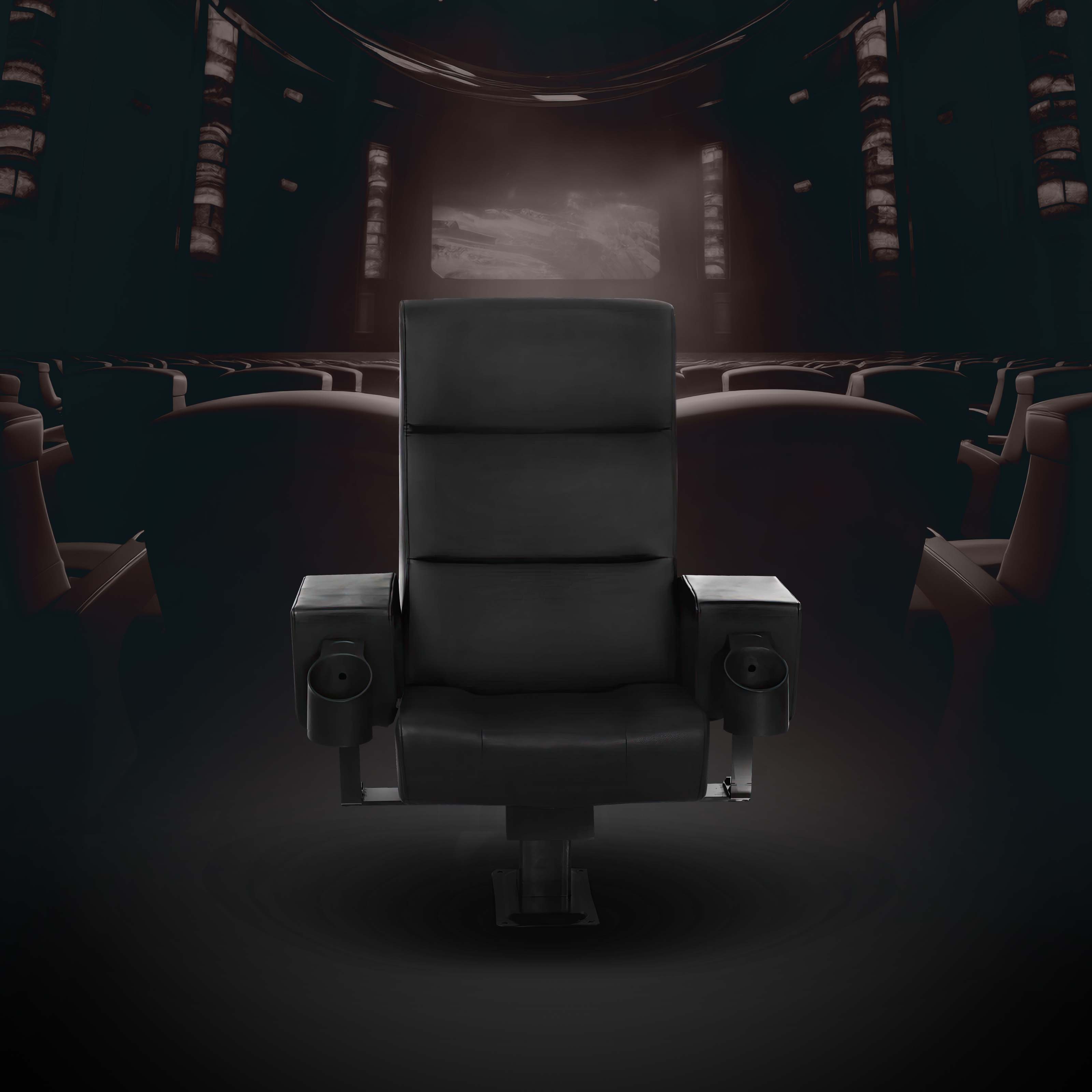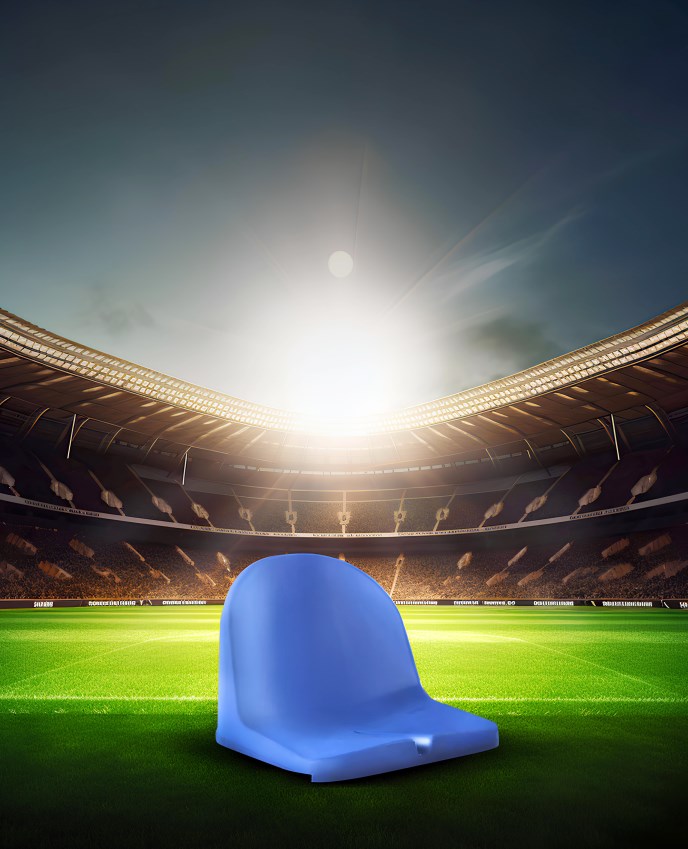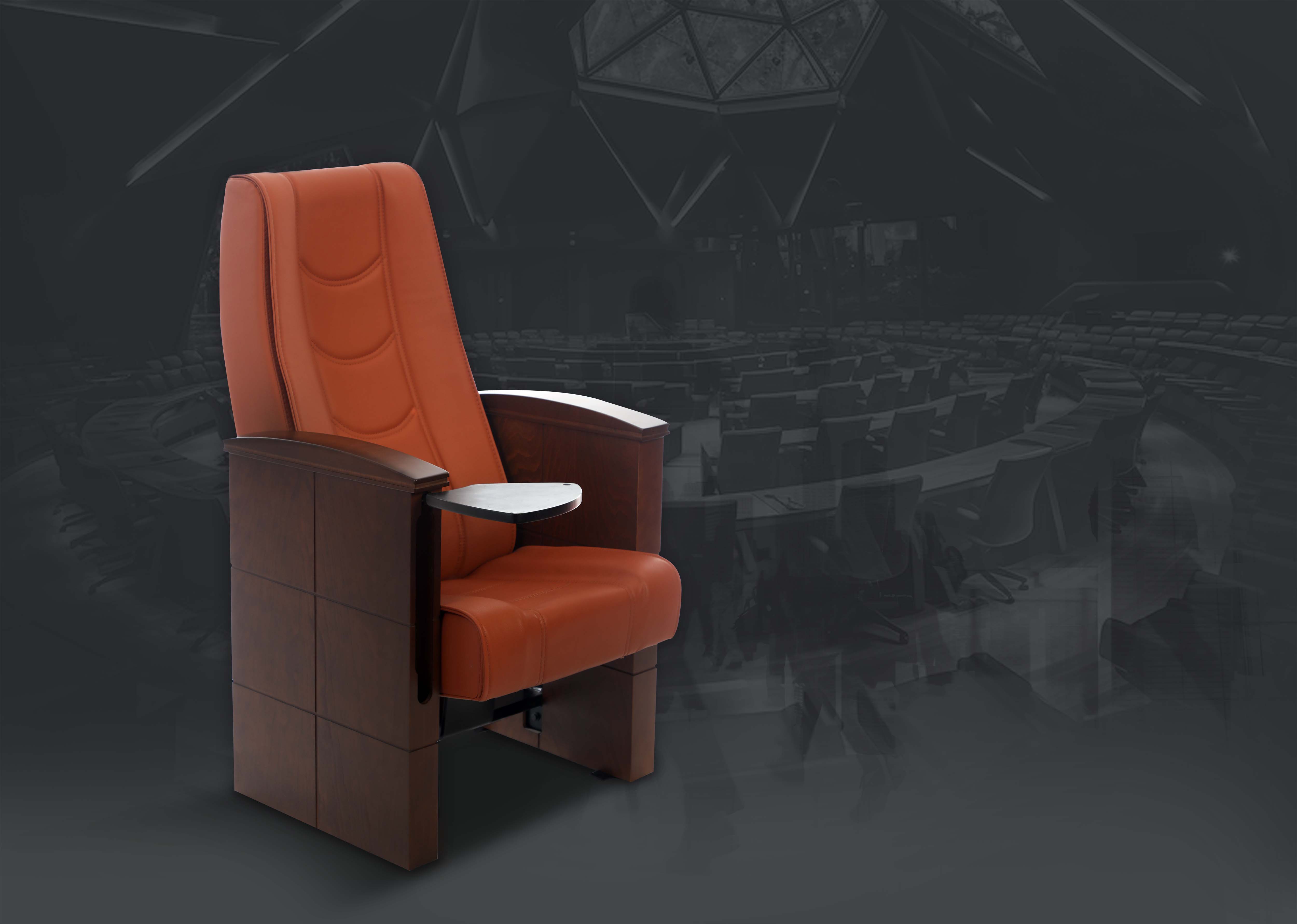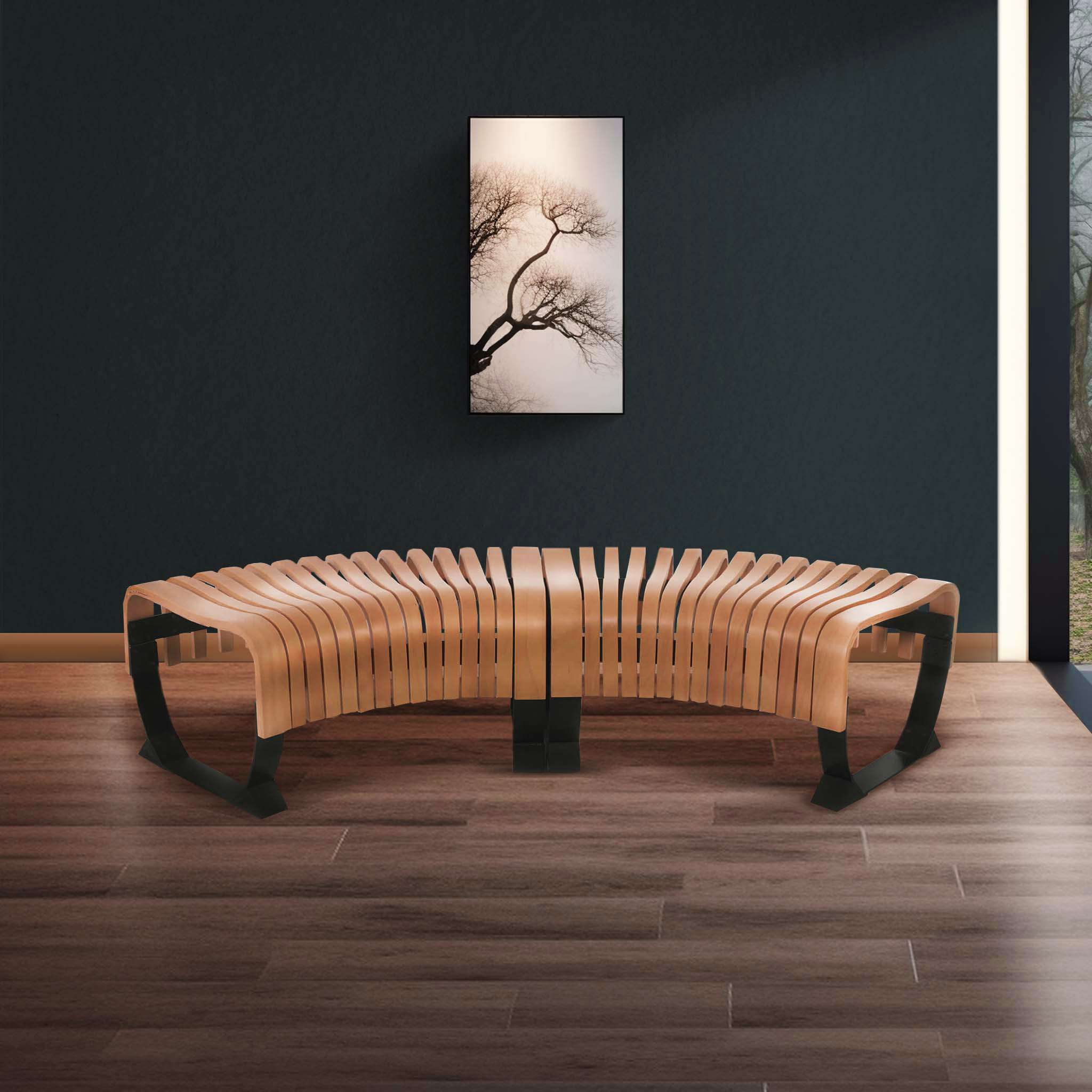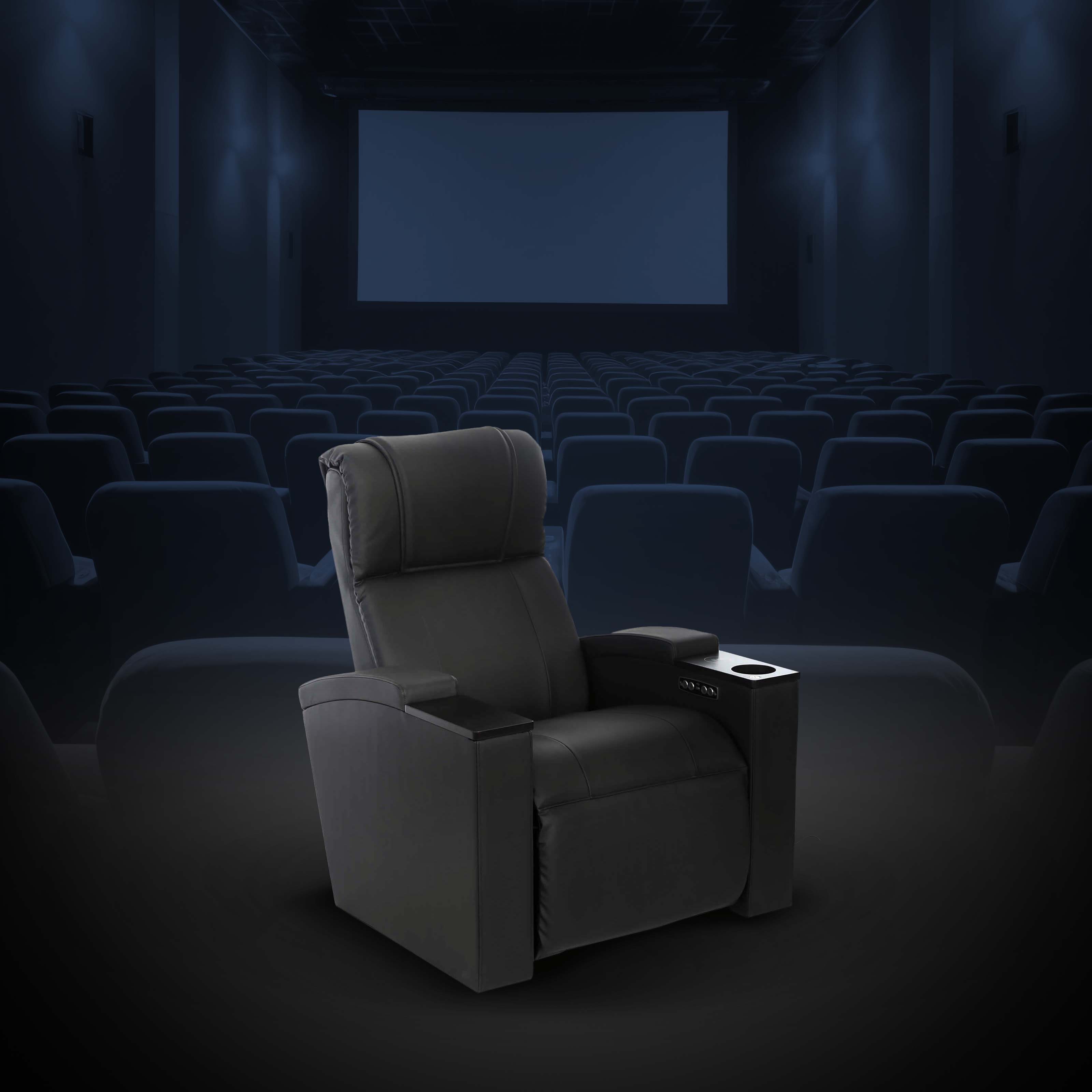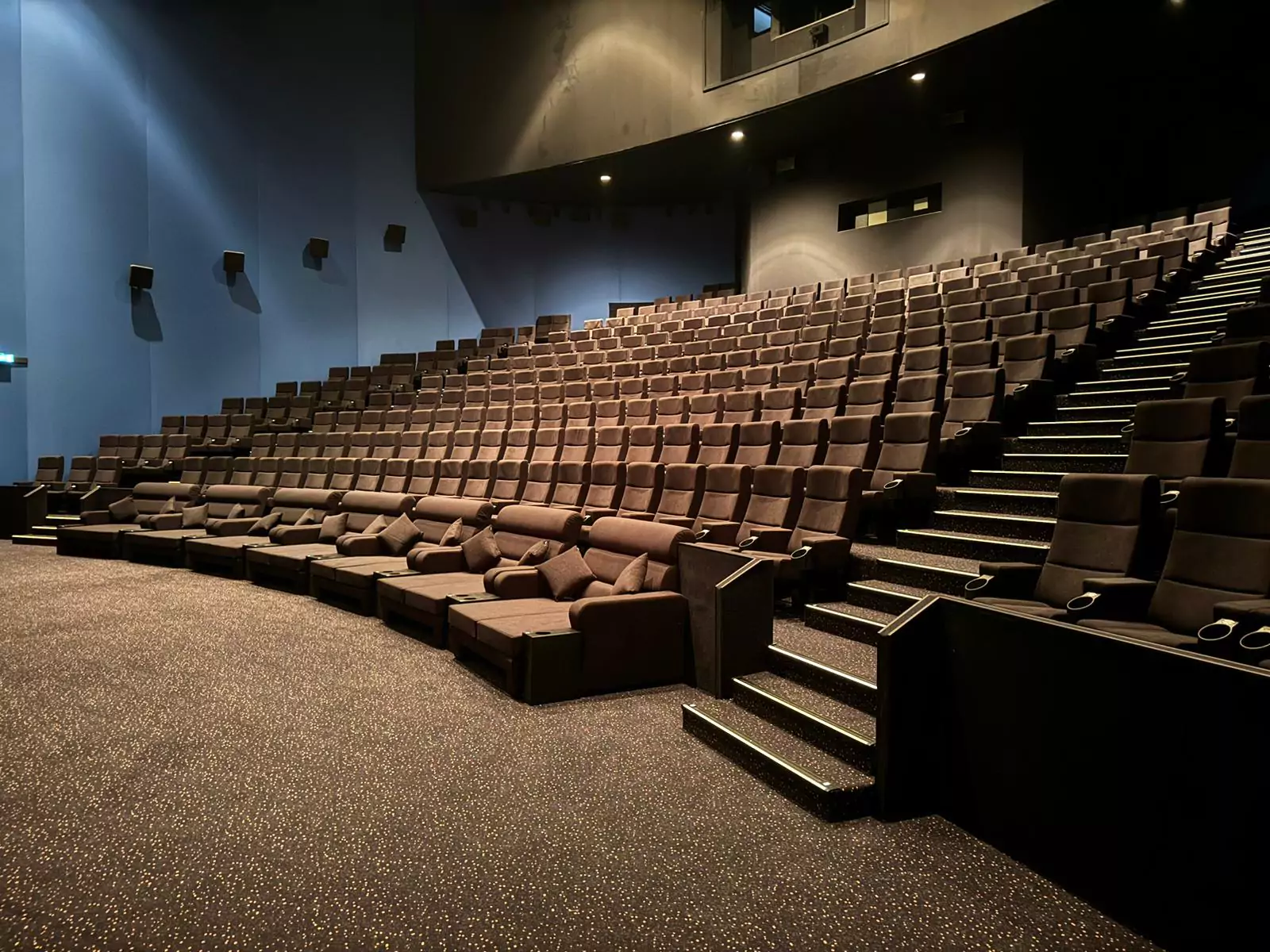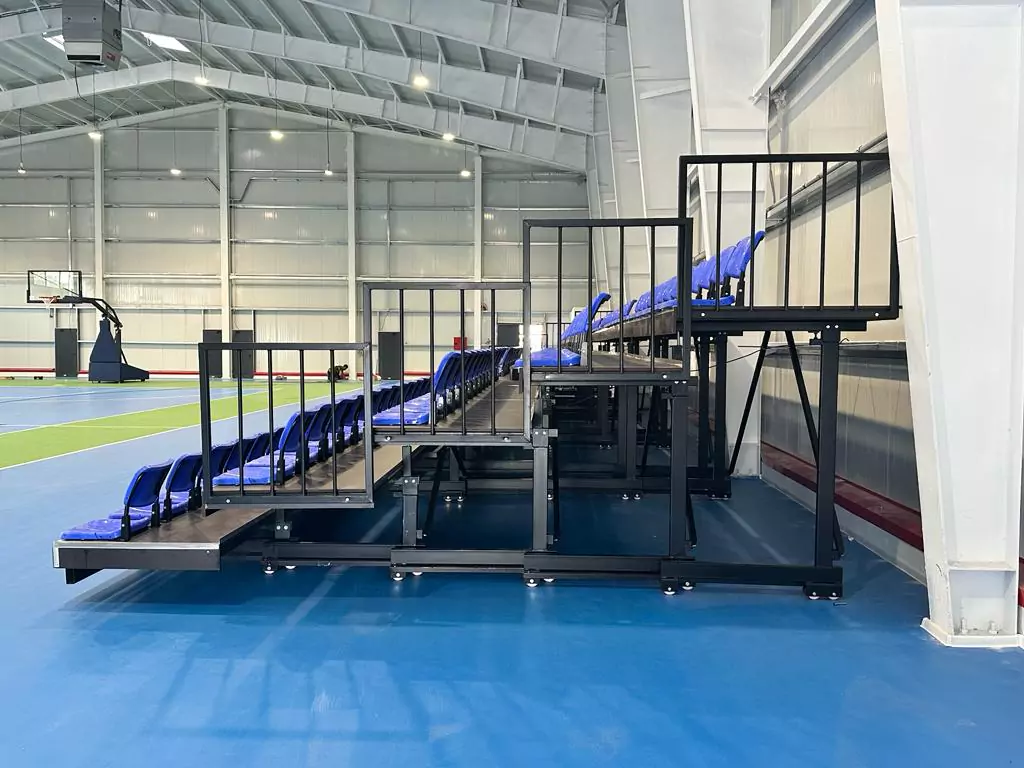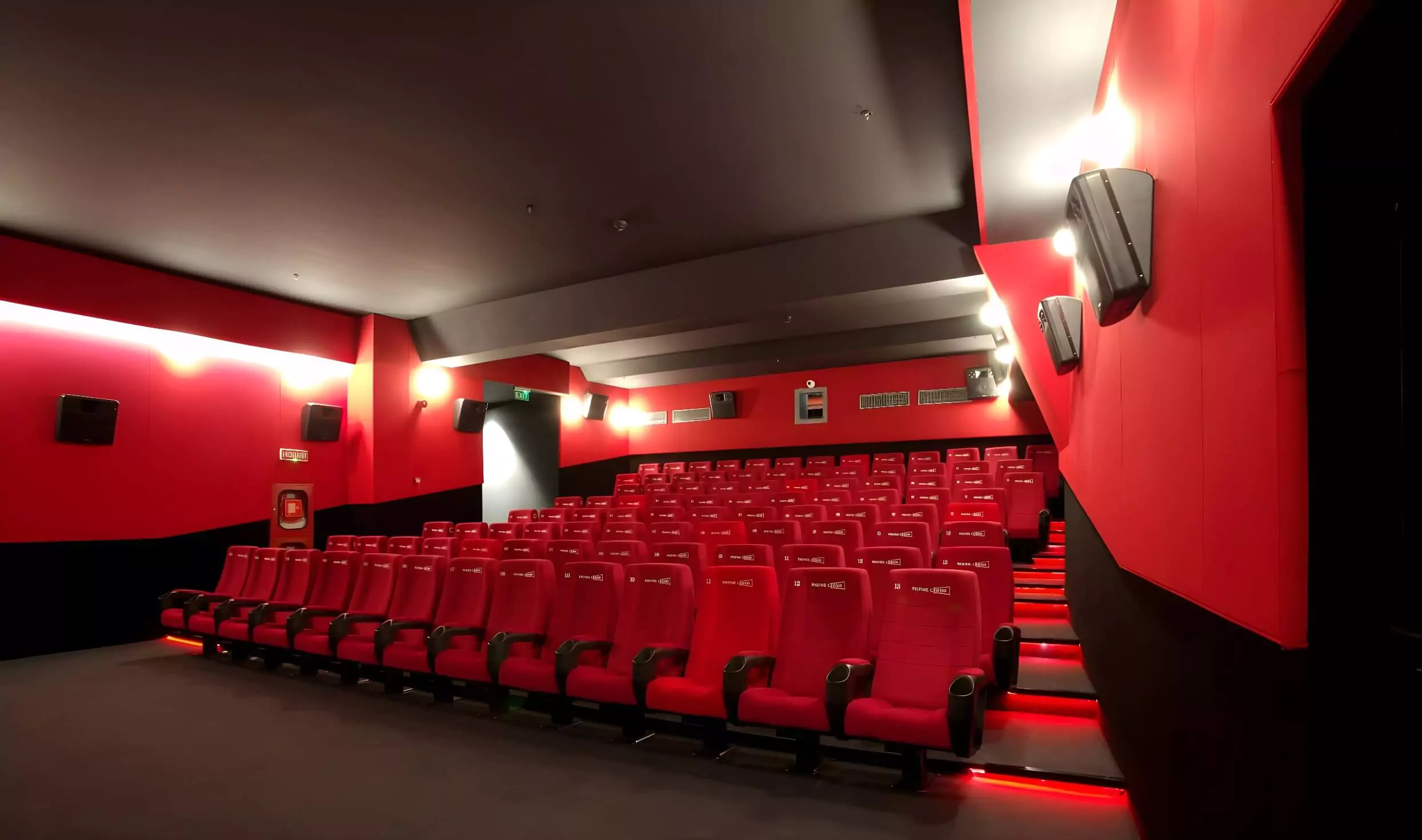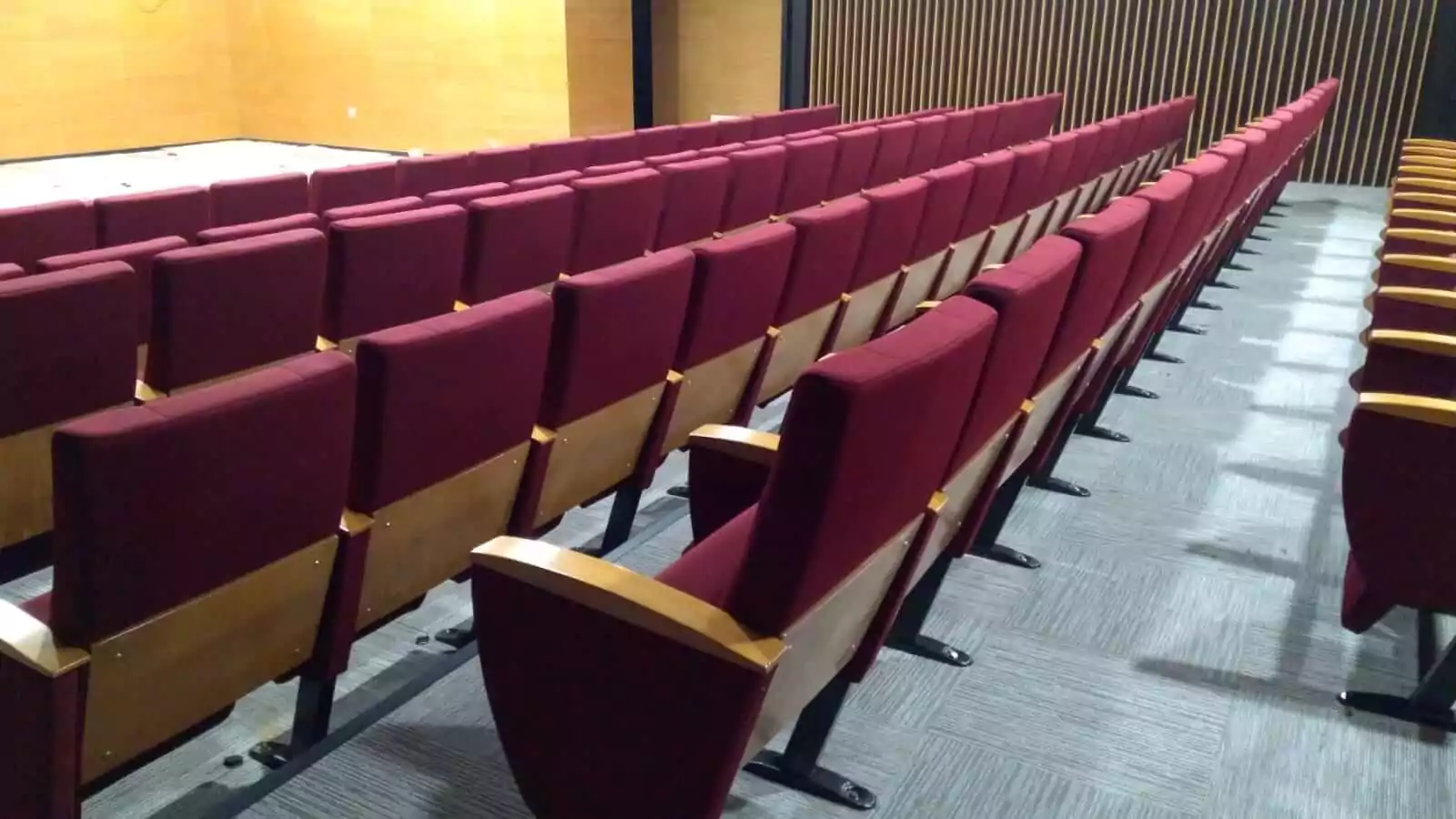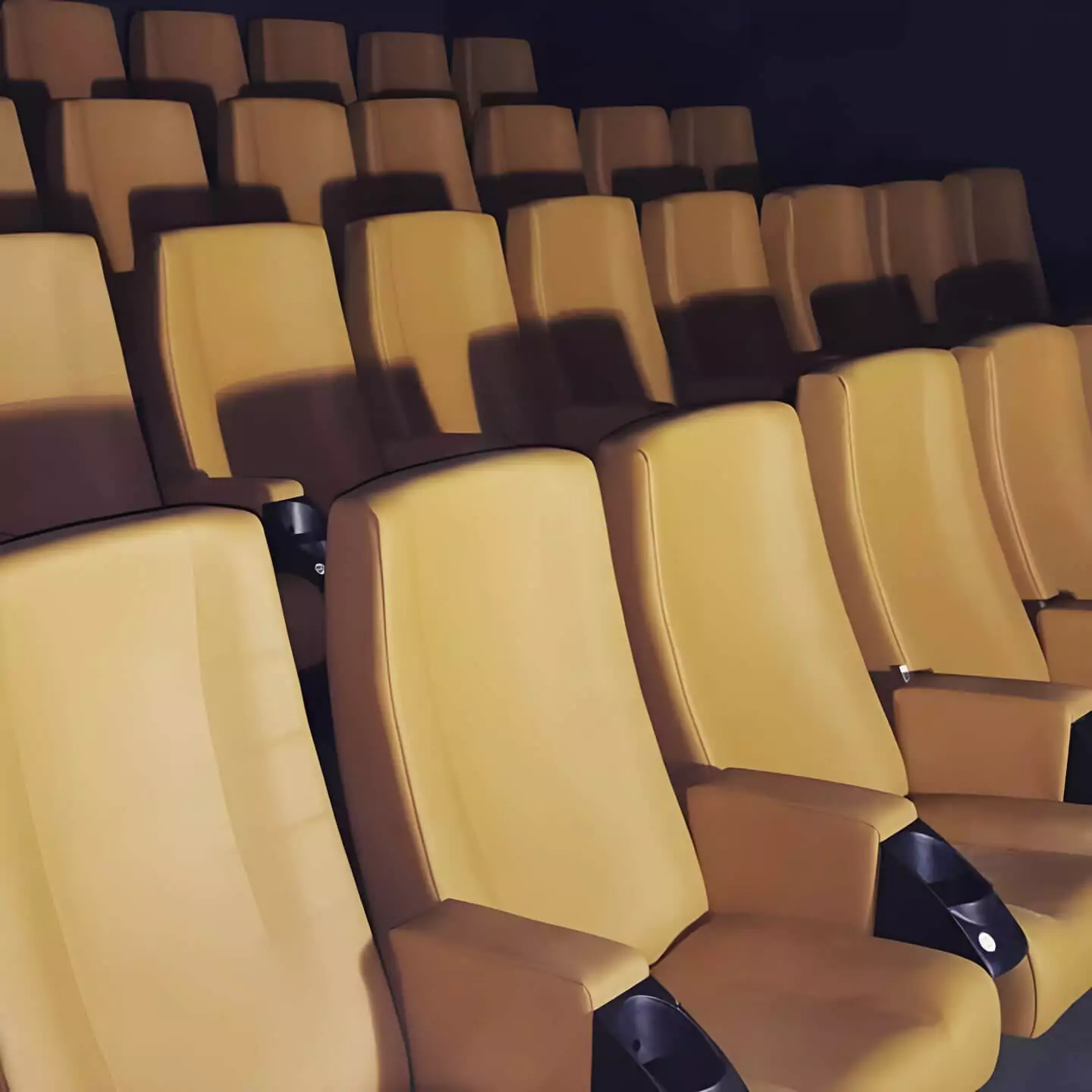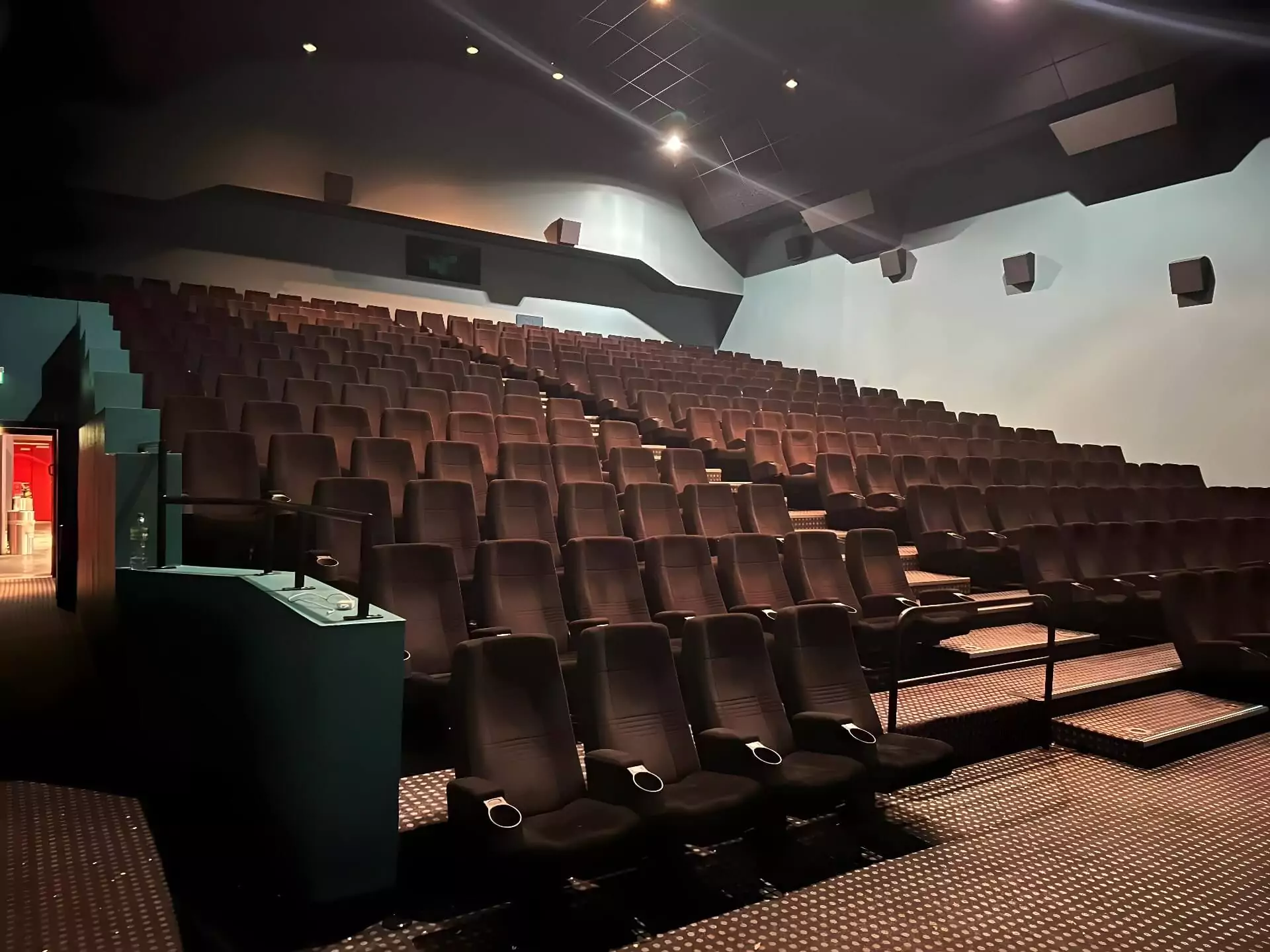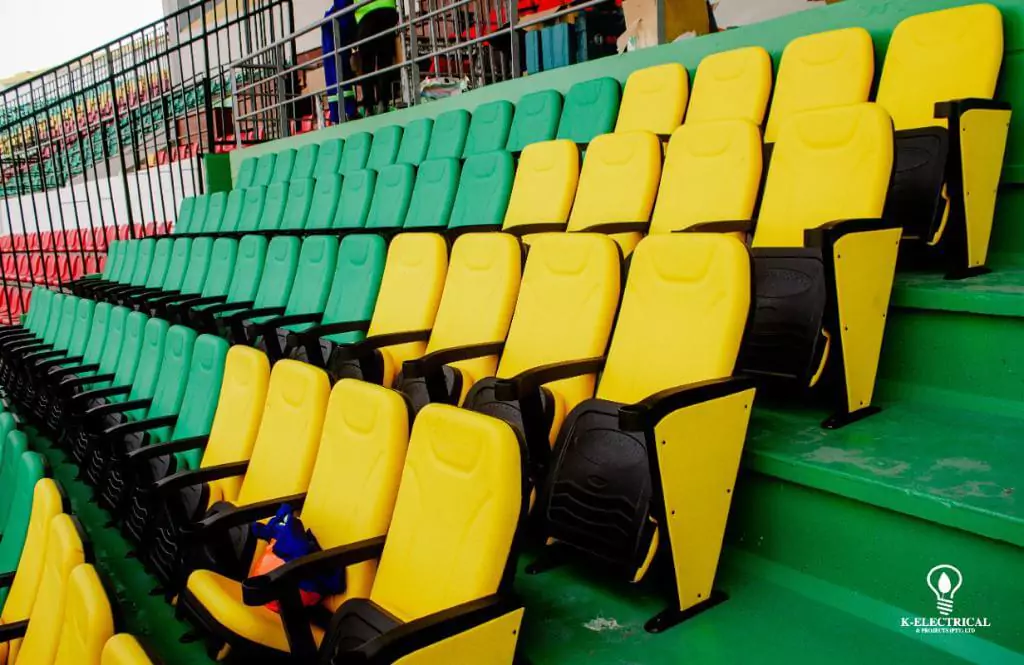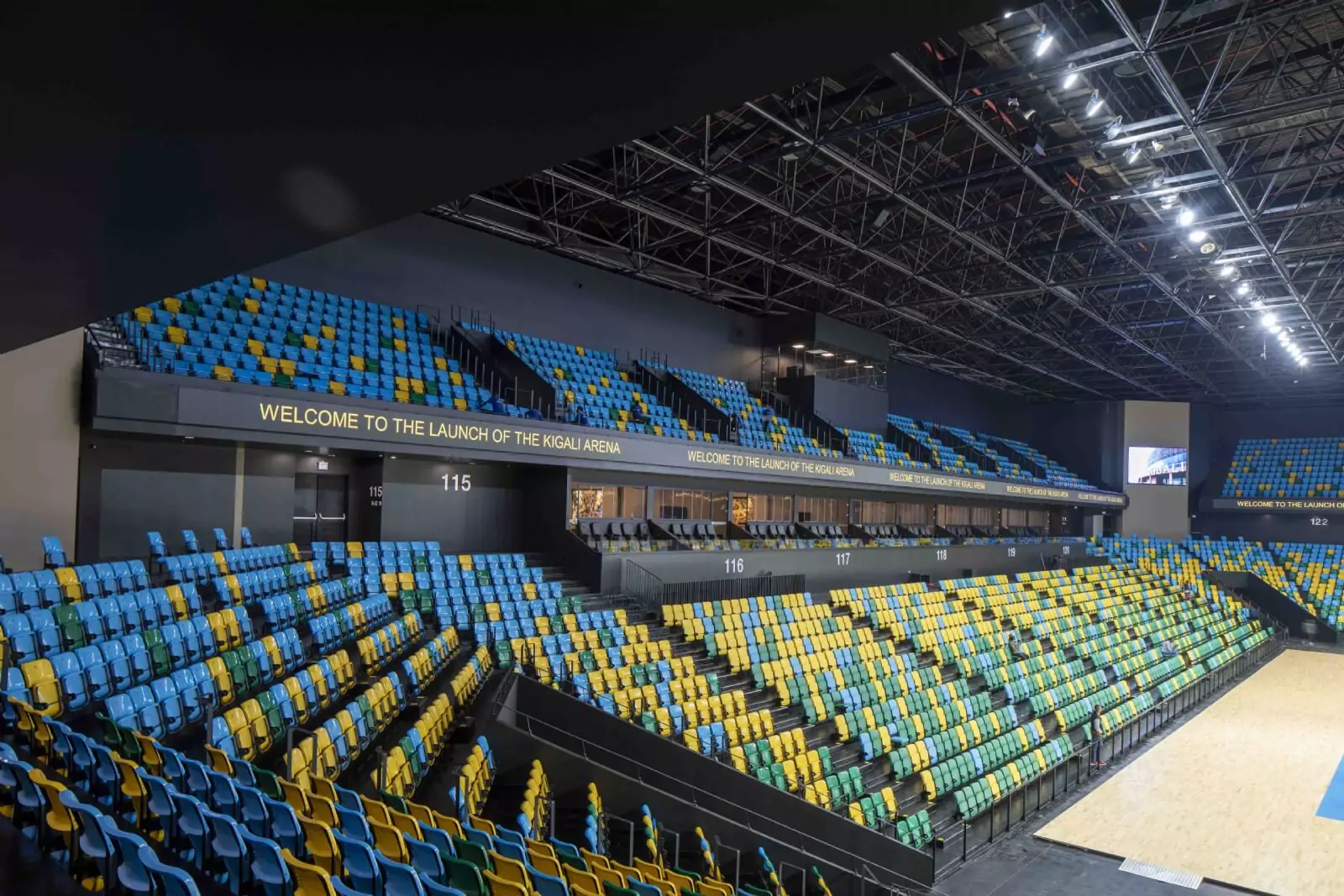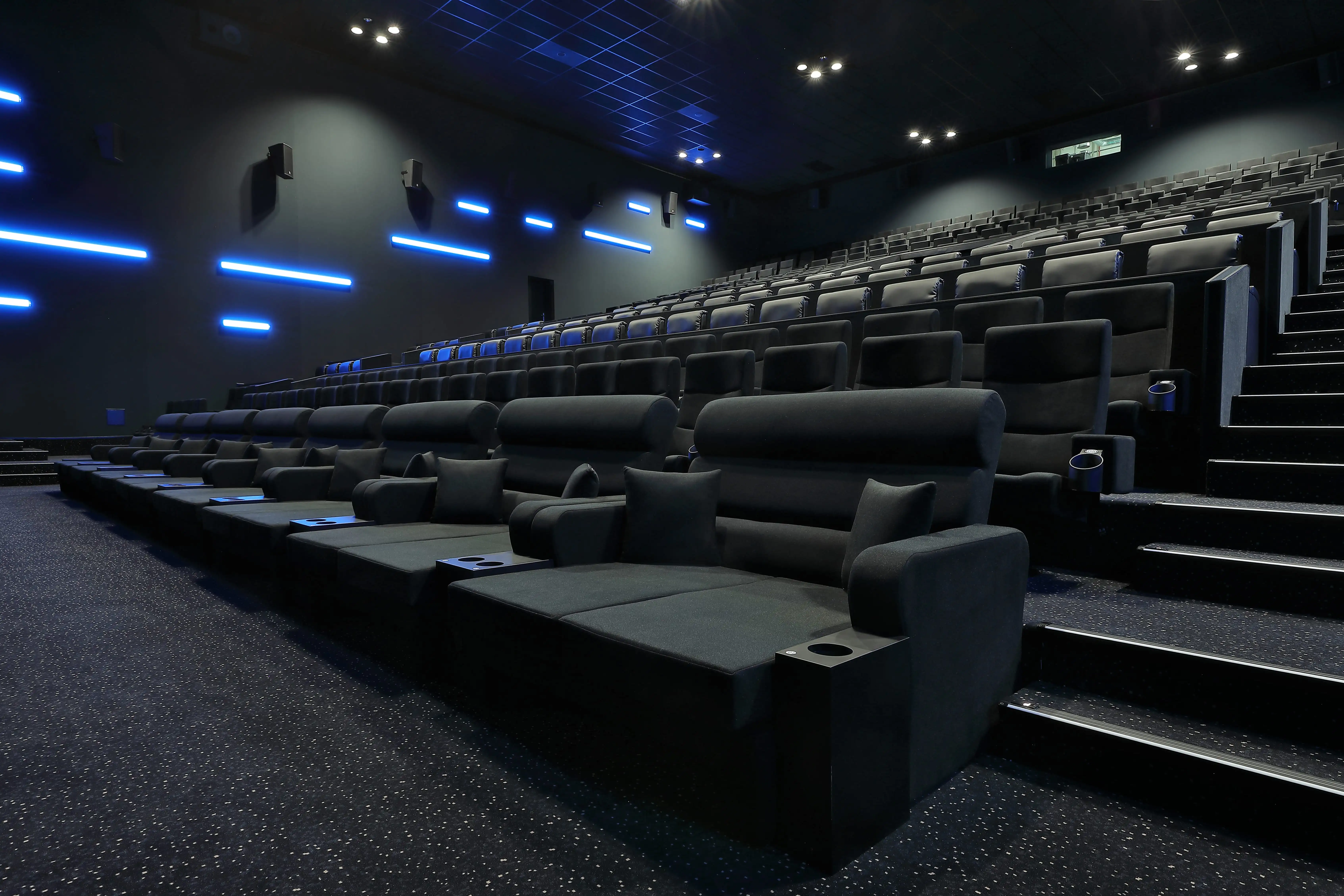" MONSEAT "
Seating Manufacturer and Supplier
Welcome to Monseat, your premier destination for certified seating solutions that meet rigorous European standards. Specializing in a vast array of seating options, including cinema seating, theatre seating, arena seating, stadium seating, conference seating, auditorium seating, lecture seating, and waiting area seating. We pride ourselves on delivering products that epitomize comfort, durability, and style. Each seat we craft is a testament to our commitment to quality, ensuring every product adheres to the highest standards of safety and design. Choose Monseat for seating solutions that not only meet your needs but also elevate the standard of any space they inhabit.

